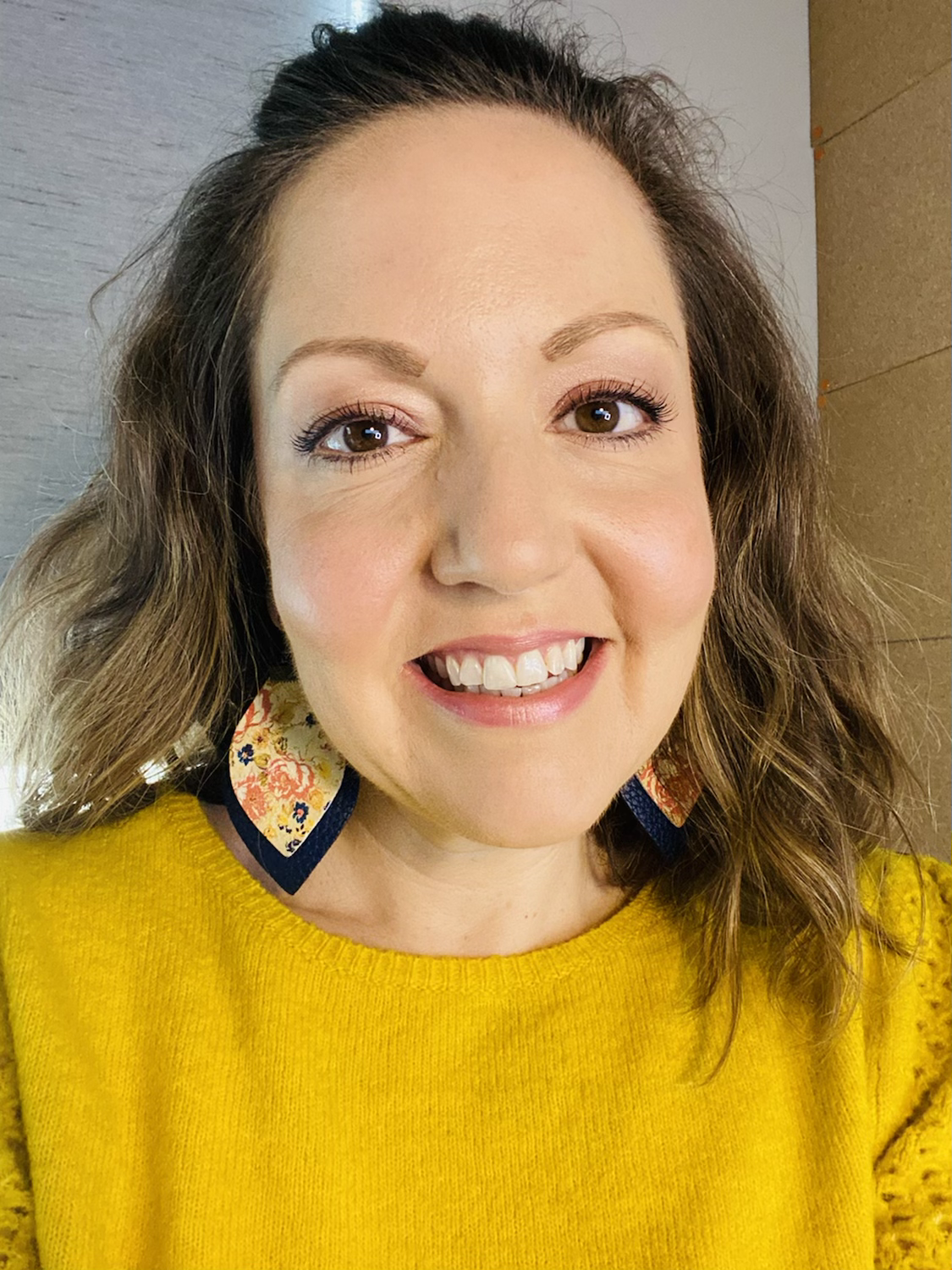Buttermilk Pancakes
- Mandy

- Dec 22, 2018
- 4 min read
Pancakes are pretty simple to whip up when you have all the ingredients on hand, but who keeps buttermilk in the fridge? I have two lovely recipes below, both offer the unmistakable tang of buttermilk and results in a fluffy texture, but only one uses traditional buttermilk from the refrigerator. I'm guessing, one of these recipes is going to work for you.

Flour
Americas Test Kitchen recommends using a lower-protein flour like Gold Medal or Pillsbury. If you use all-purpose flour with higher protein content, like King Arthur, you will need to add an extra tablespoon or two of buttermilk.
Griddle
If using an electric griddle, set the temperature to 350 degrees. I use a cast iron griddle pan placed on top of two burners.
In pancake making, the sloped sides of a pan are not your friends. If you have a griddle, definitely use it. Otherwise, use a wide heavy-bottomed pan—if your pan is too thin, your pancakes will burn. The width is pretty important, also. You want there to be enough room to flip your pancakes without any messy business.
Here's a test to make sure your griddle is hot enough: Drop a tablespoon of batter in its center. If, after one minute, the pancake is golden brown on the bottom, the pan is ready. If it remains blond—or is close to burning—adjust the heat accordingly.
No buttermilk, no problem
The acid in buttermilk helps baking soda to its job. If you don't have buttermilk on hand, adding lemon juice or vinegar to regular milk is a shared kitchen trick, but you may not like the resulting flavor when used to make pancakes.
If you are a baker, you probably have cream of tartar in the pantry. This acid has a less noticeable flavor when added to milk. Try 1 1/2 teaspoons of cream of tartar for each cup of milk. Instead of mixing the two together, add the cream of tartar to the dry ingredients, and the milk with the wet ingredients.
The recipe on the bottom uses powdered buttermilk, an ingredient I was introduced to when I made Chicken and Waffles. Keep the powdered buttermilk in the fridge after you open.
Fresh Ingredients
For food as subtle as pancakes, the quality of your ingredients really matter. Check to make sure your baking powder and baking soda are fresh.
To test baking powder, add 1/4 teaspoon to 1/2 cup hot tap water. It should fizz if it is fresh.
To check baking soda, add 1/4 teaspoon to 1/2 cup hot water mixed with 1/4 teaspoon of simple vinegar like white or apple cider vinegar. The baking soda should react to the acid and fizz if it is fresh.
Fluffy texture
Mixing the wet and dry ingredients encourage the gluten to form but do not over mix. Too much gluten development in the pancake batter will ruin the tender, fluffy texture we want. For best results, whisk the batter briefly and don't smooth out all the lumps. Then, let the batter rest for 10 minutes so the gluten will relax and yield more tender pancakes.
Flipping the flapjack
Cook until the edges are set and flip when those bubbles in the center of the pancakes pop and form holes that stay open on the surface of the pancake. If a bubble comes to the surface, pops, but is filled in by more pancake batter, hold off on flipping. Using a thin, wide spatula, flip the pancakes and continue to cook until the second side is golden brown. Do not use the spatula to press down on the pancakes after you flip them. The second side should cook in one to two minutes.
Wipe griddle between batches
You can cook the pancakes in butter or vegetable oil, but the problem with butter (as delicious as it is) has milk solids that will eventually burn on the griddle. To avoid any off-tasting or burned bits, wipe the griddle clean with a paper towel and add a dab more butter between batches. A better tip is to use clarified butter or ghee, in which the milk solids have already been separated.
Serving a crowd
Adjust an oven rack to the middle position and heat the oven to a low 200 degrees. Spray a wire rack set inside a rimmed baking sheet with vegetable oil spray, and place in the oven.
As you cook the pancakes, move to the oven to keep warm until ready to serve. Try to keep the on-hold time in the oven until 15 minutes.
Using Fake Syrup
Okay, you've put a lot of thought into making these perfectly fluffy pancakes. Please, respect the cakes by drizzling 100% maple syrup over them, not that translucent brown-colored "pancake syrup" that comes in a plastic bottle.

Buttermilk Pancake Recipe #1
2 cups all-purpose flour
2 tablespoons sugar
1 teaspoon baking powder
1/2 teaspoon baking soda
1/2 teaspoon salt
2 cups buttermilk
1/4 cup sour cream
2 eggs
3 tablespoons unsalted butter, melted and cooled slightly
1-2 teaspoons vegetable oil
Buttermilk Pancake Recipe #2
4 tablespoons buttermilk powder (Like SACO cultured buttermilk blend)
1 cup all-purpose flour
1 tablespoon sugar
1 teaspoon baking powder
1/2 teaspoon baking soda
1/4 teaspoon salt
1 egg, beaten
1 cup water
2 tablespoons vegetable oil
Directions
For both recipes, sift dry ingredients first.
Mix wet ingredients in a measuring cup.
Add wet ingredients to dry ingredients and stir until just combined. Do not over mix. This where I divide the batter into small ramekins and add a drop of gel food coloring.
Allow batter to rest for 10 minutes.
Drop 1/3 cup of batter onto a hot greased griddle and cook until tops show signs of bubbles and holes, and the sides are set. Flip and cook until brown on the other side.




Comments